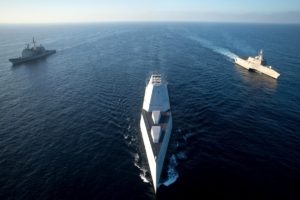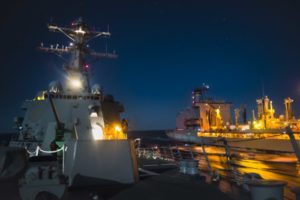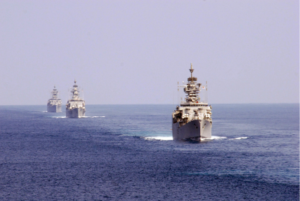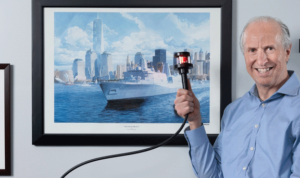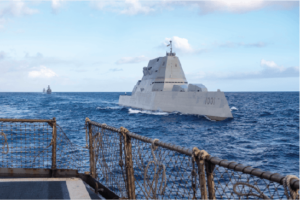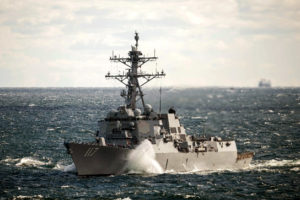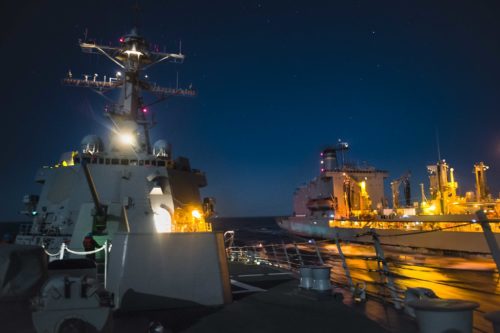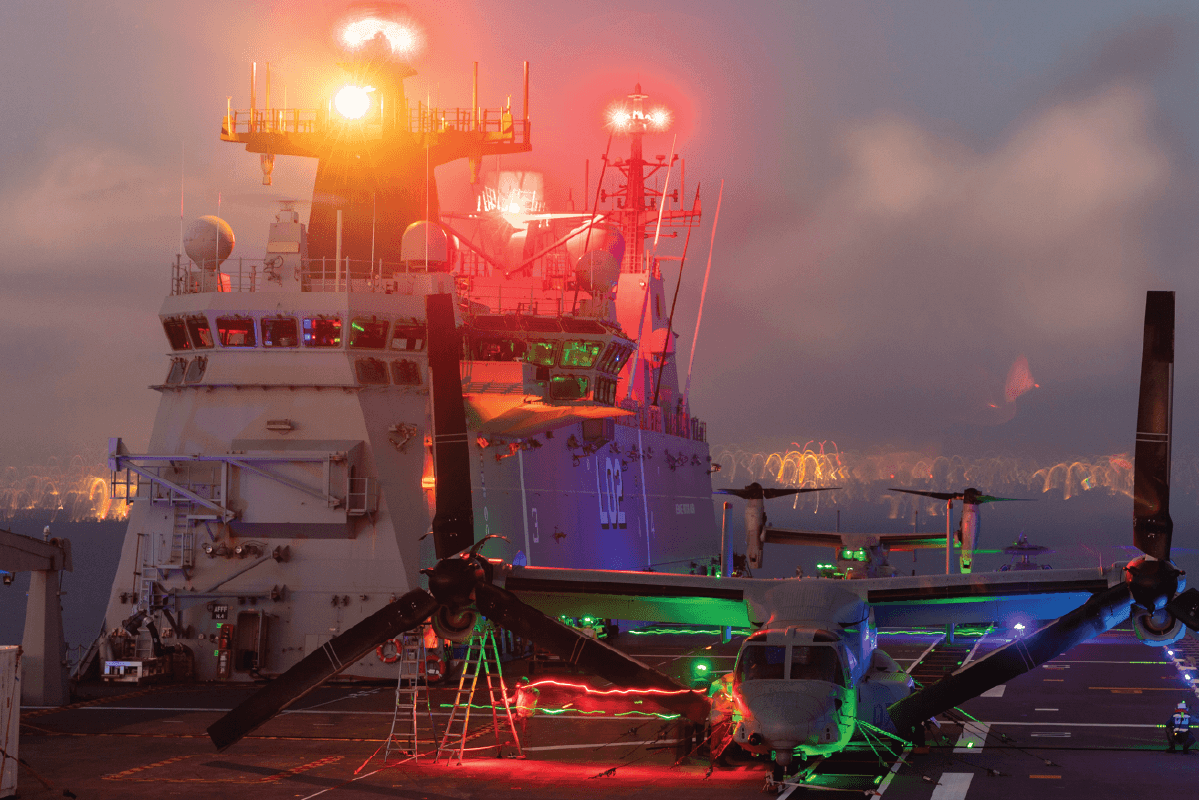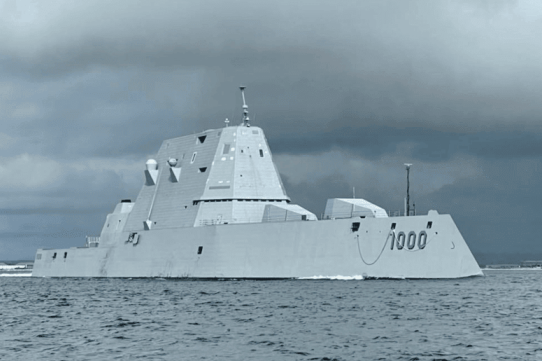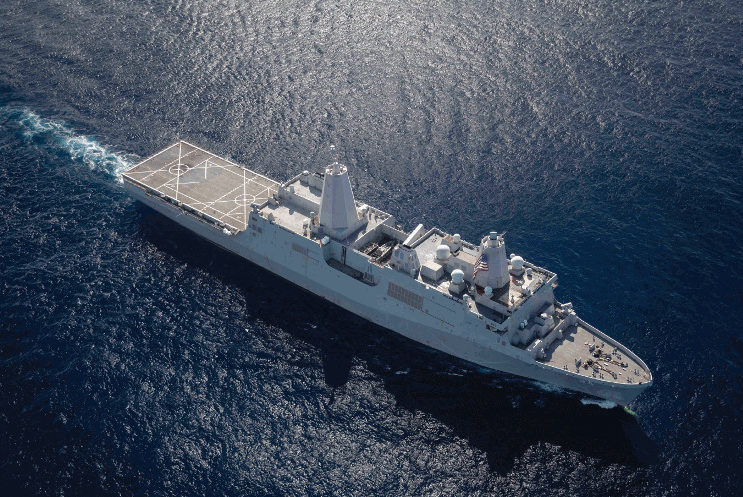Get all the latest RSL news
March 1, 2022
Listen to Made in America’s podcast with Gio Tomasi, CEO and CTO of RSL Fiber Systems! Gio and Ari’s friendship has blossomed into a conversation focused on mentorship, community involvement, the development of fiber optic lighting for the U.S. Navy, and beyond. Gio talks to Ari about the importance of sharing knowledge with others to help solve problems and finding creative people to get the job done. In order to be successful in the manufacturing space, you have to be willing to learn, adapt, and think outside of the box!


